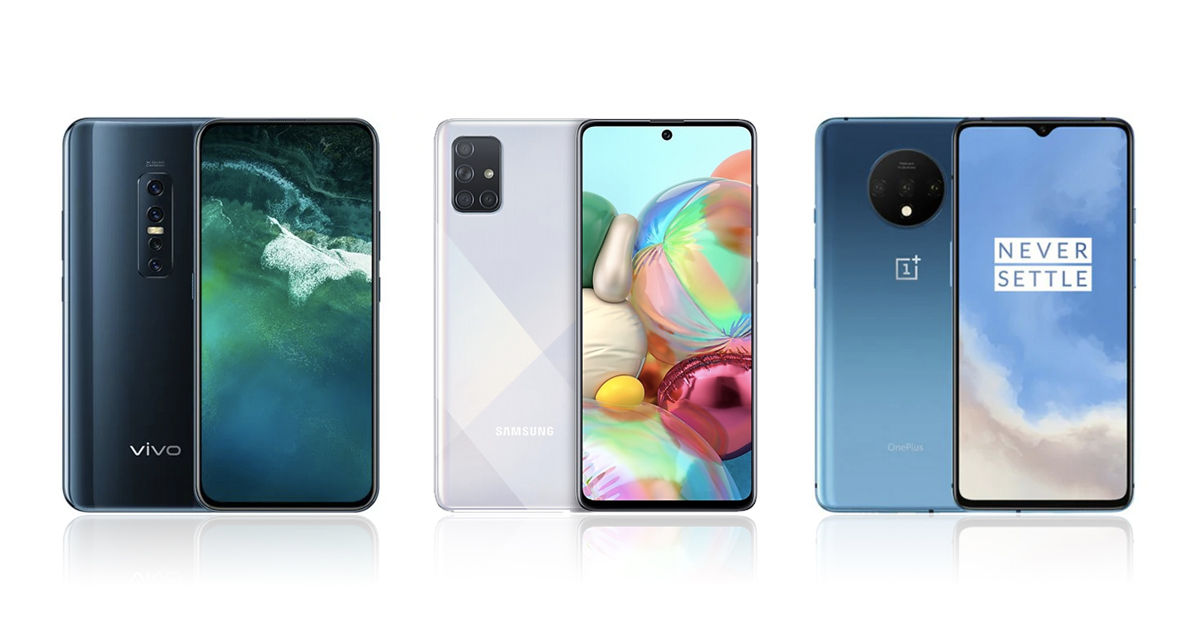
Samsung recently launched the Galaxy A71 in the premium mid-range smartphone segment in India. The handset impressed us quite a bit with its quad camera setup as well as the powerful 32MP front Camera selfie sensor.
The newest offering from Samsung locks horns with two other devices in the premium mid-range smartphone segment, the Vivo V17 Pro and OnePlus 7T.
These phones have completely different approaches for their front cameras as well. The Samsung Galaxy A71 comes with a Punch hole Display; the Vivo phone adopts the pop-up mechanism, while the OnePlus device uses a teardrop notch display. Today, we’ve decided to take their cameras for a spin, and get your opinion on the photographs clicked by them. So go ahead and vote for what you think are the best shots and do come back a few days later to find out which phone won this test.
Shot 1 – Ultra-wide-angle shots at night
For the first shot, we decided to analyse the night modes as well as ultra-wide angle lens on the phones. This is an interesting combination that can lead to some stunning shots with the right smartphone, of course. This scene shows us very well how the three devices handle grain while retaining sharpness and detail. Two of the photos – the ones shot using Samsung Galaxy A71 and OnePlus 7T – are results of dedicated night modes for the ultra-wide-angle sensor, while the Vivo model doesn’t offer such an implementation.
Which ultra-wide night shot do you like the most?
Photo A
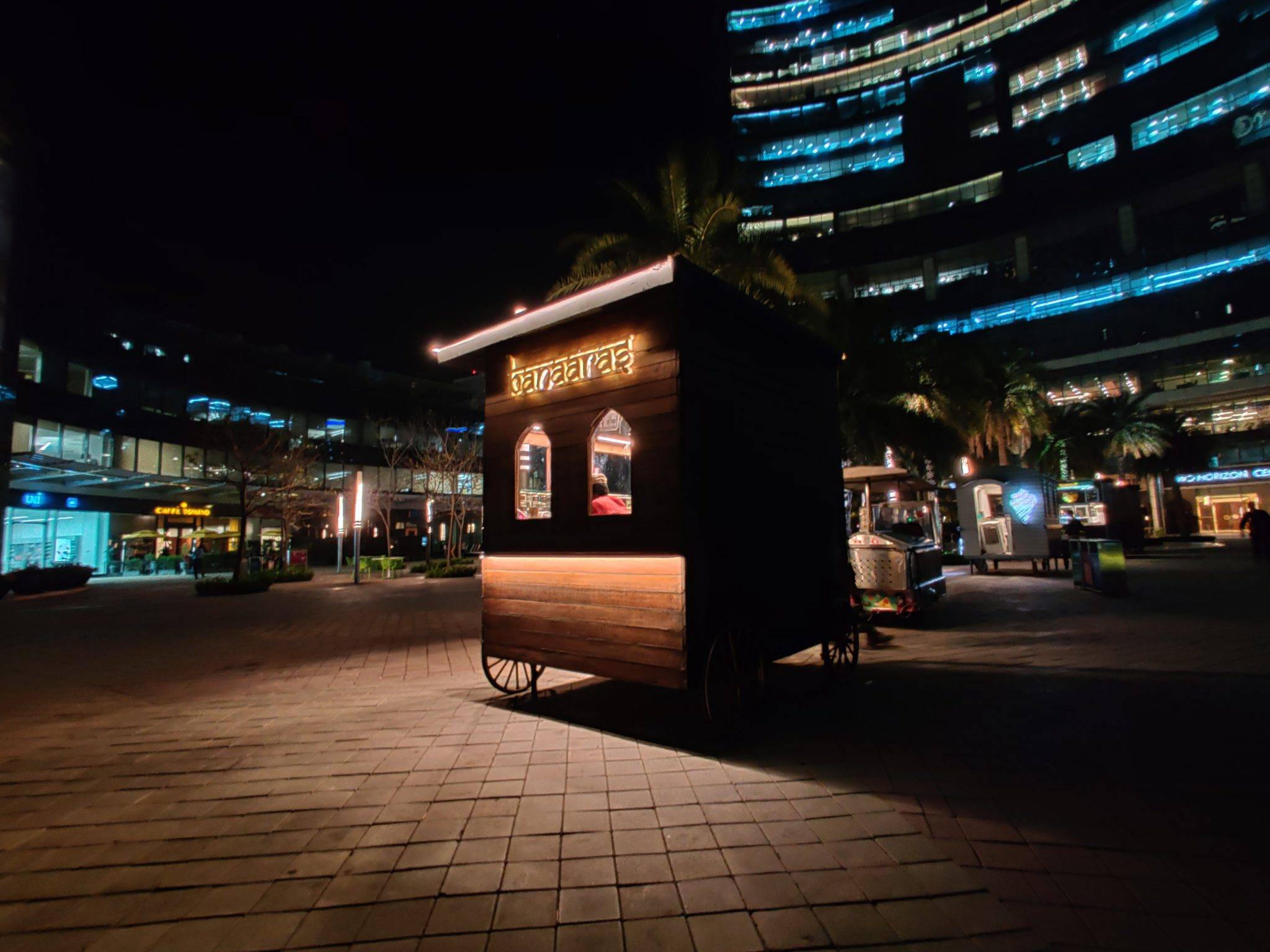
Photo B
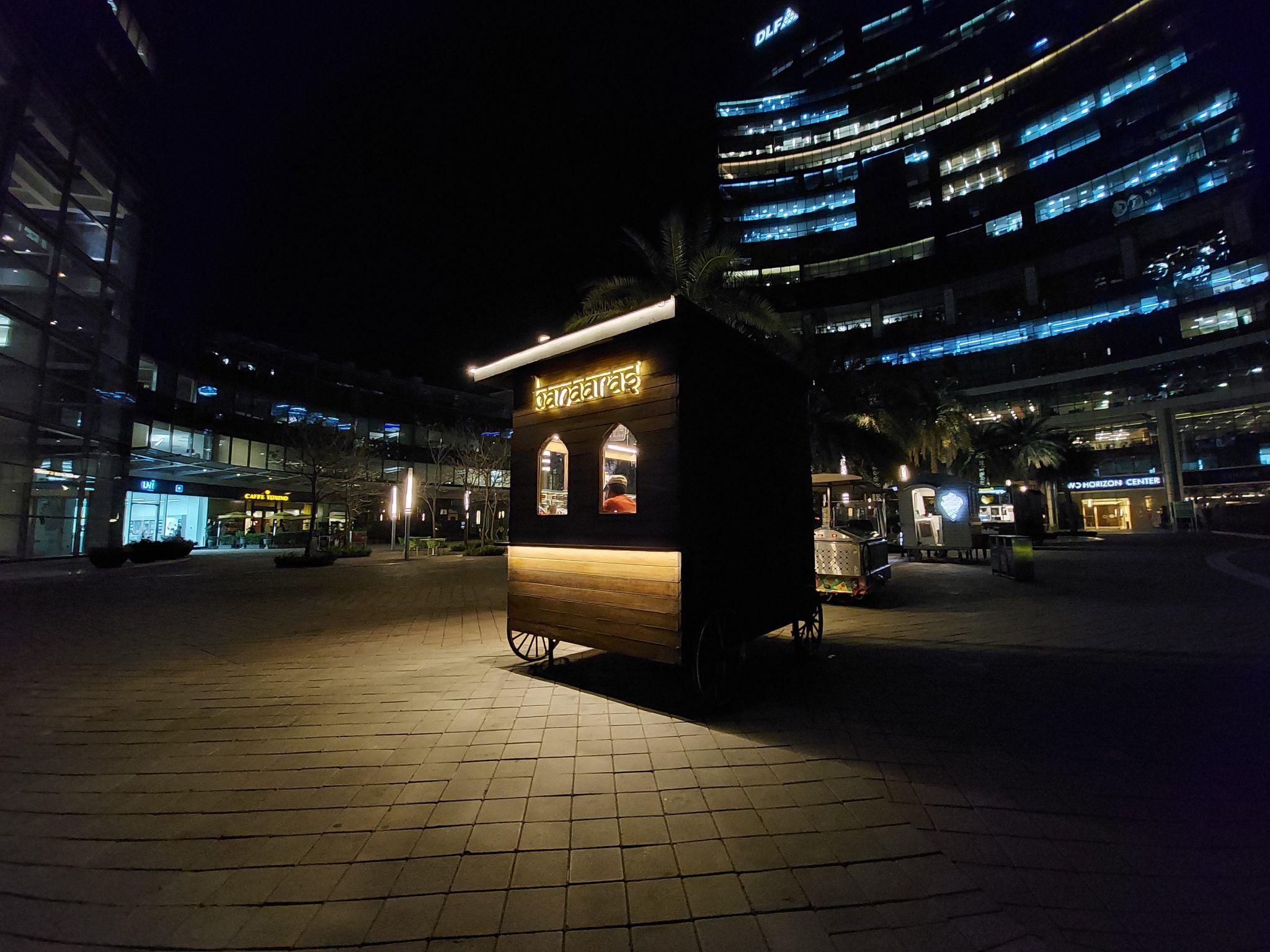
Photo C
Shot 2 – Macro shots
These images have been clicked using the Macro modes on all three phones, which allow you to get incredibly close to your subjects. As you can see, this is an image of a strawberry which has been shot at close quarters. The points to note in this case include focus, sharpness, colour accuracy, level of detail captured (especially the fine texture on the strawberry), and the natural depth of field displayed. Choose the one you think scores the highest on these parameters.
Photo A
![]() Photo B
Photo B
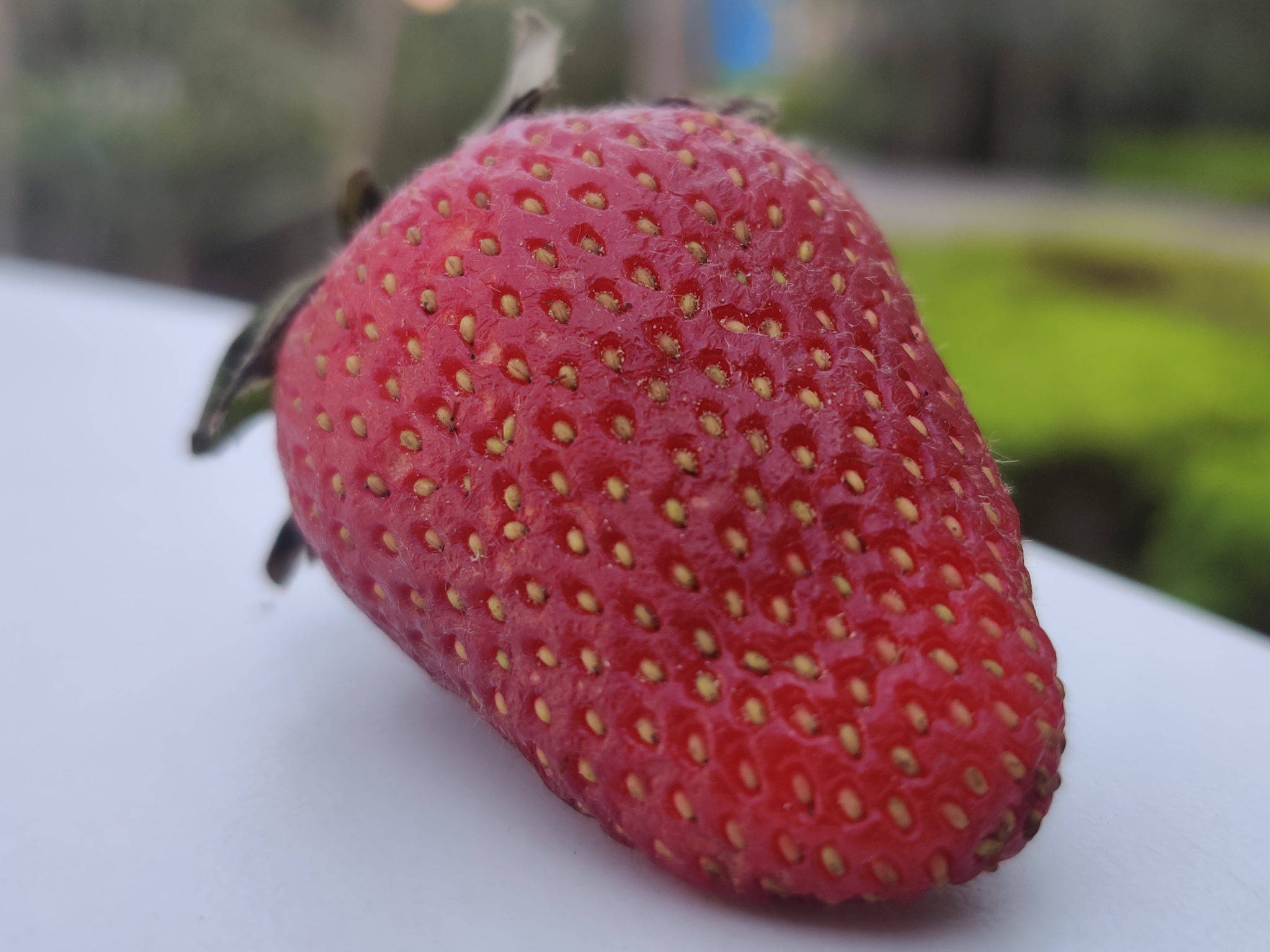
Photo C
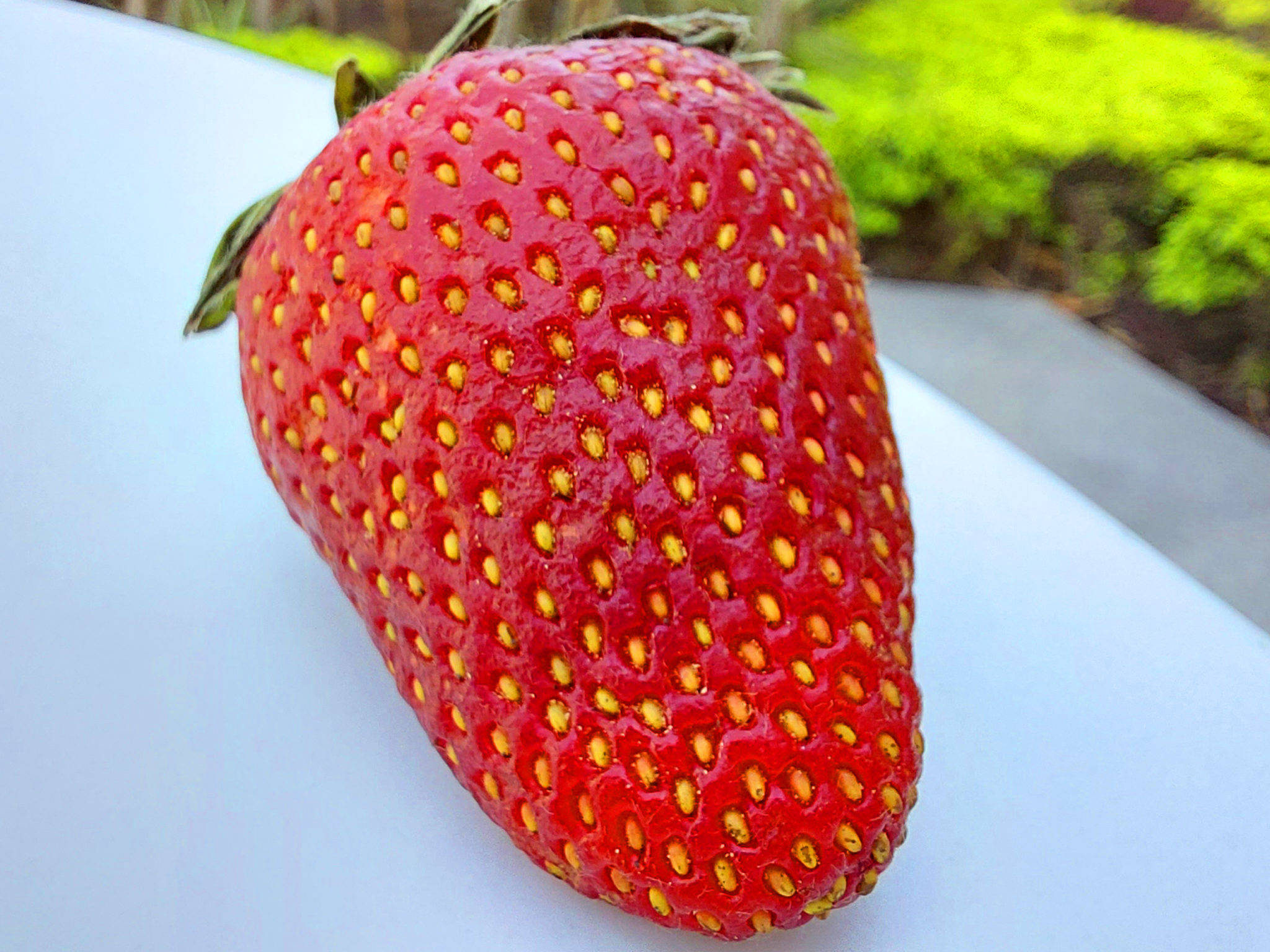
Shot 3 – Portrait shots
Next, we test the portrait modes on all three phones. It’s very important in these photographs that the background is clearly separated from the foreground and that the resulting bokeh doesn’t look artificial. In the test shots, you can observe the area around the subject’s hair to judge how well the edge separation has taken place. It’s also worth checking to see if the photograph has a gradual bokeh leading into the background, as this adds a more natural touch to it. And whether the natural skin tone is reproduced accurately or not.
Photo A
![]() Photo B
Photo B
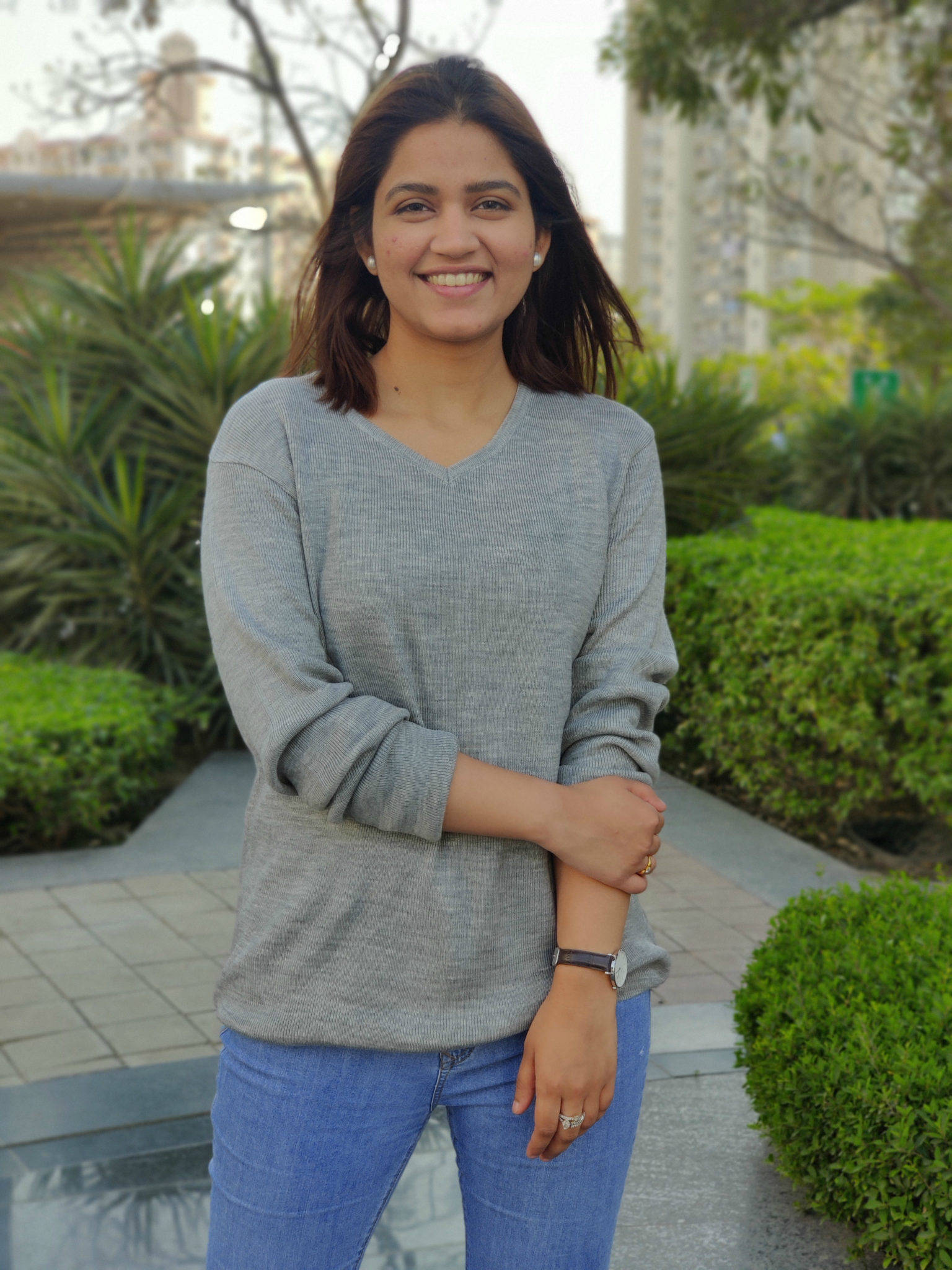
Photo C
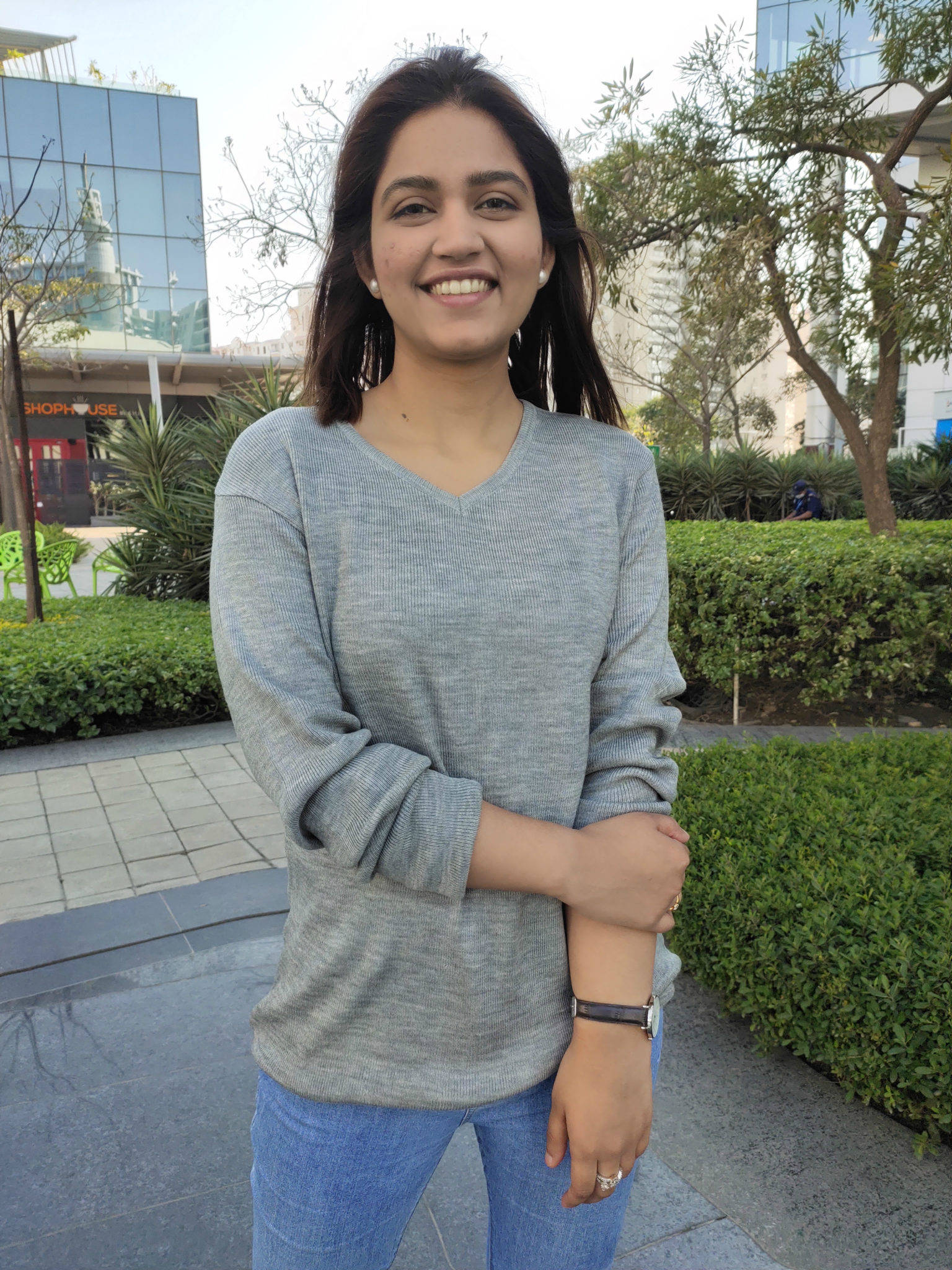
Shot 4 – Selfie portrait shots
In this section, we’ll compare selfie portrait shots. These are all natural images taken in the portrait mode, and the aspect to watch out for is the detailing along the edges of the face. This is also a test of the kind of sharpness the front camera can offer on the face while rendering the portrait effect.
Photo A
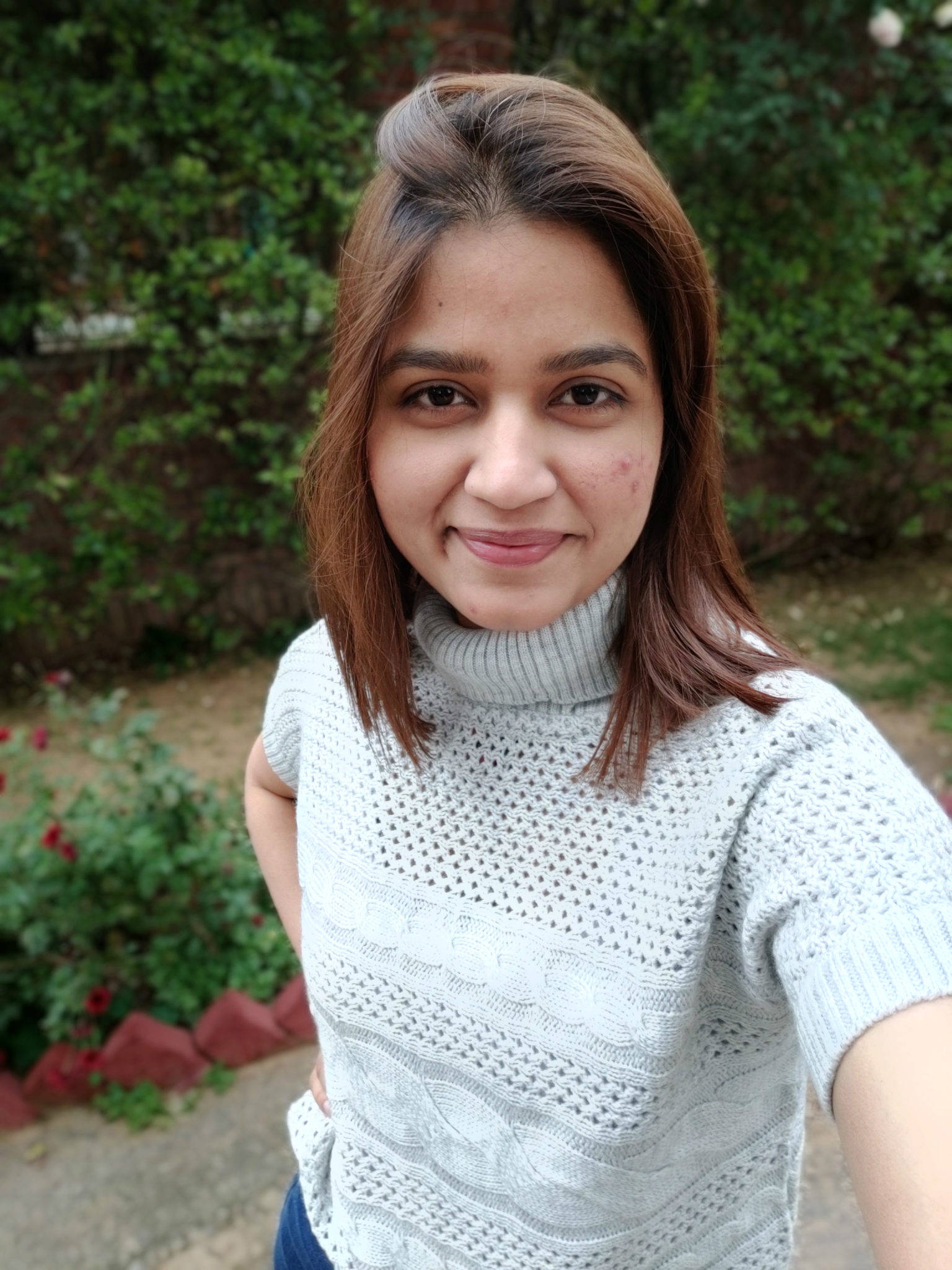
Photo B
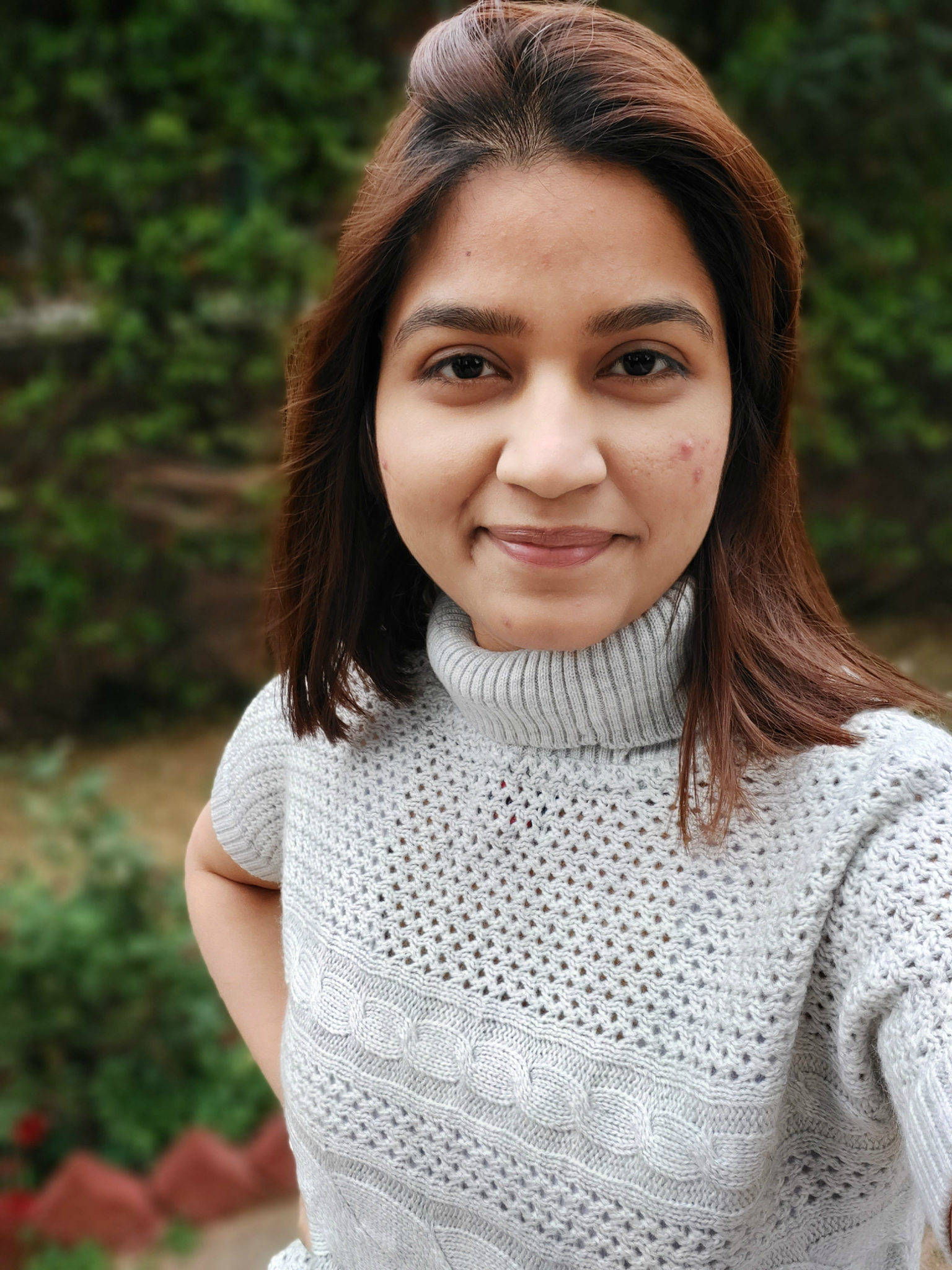
Photo C
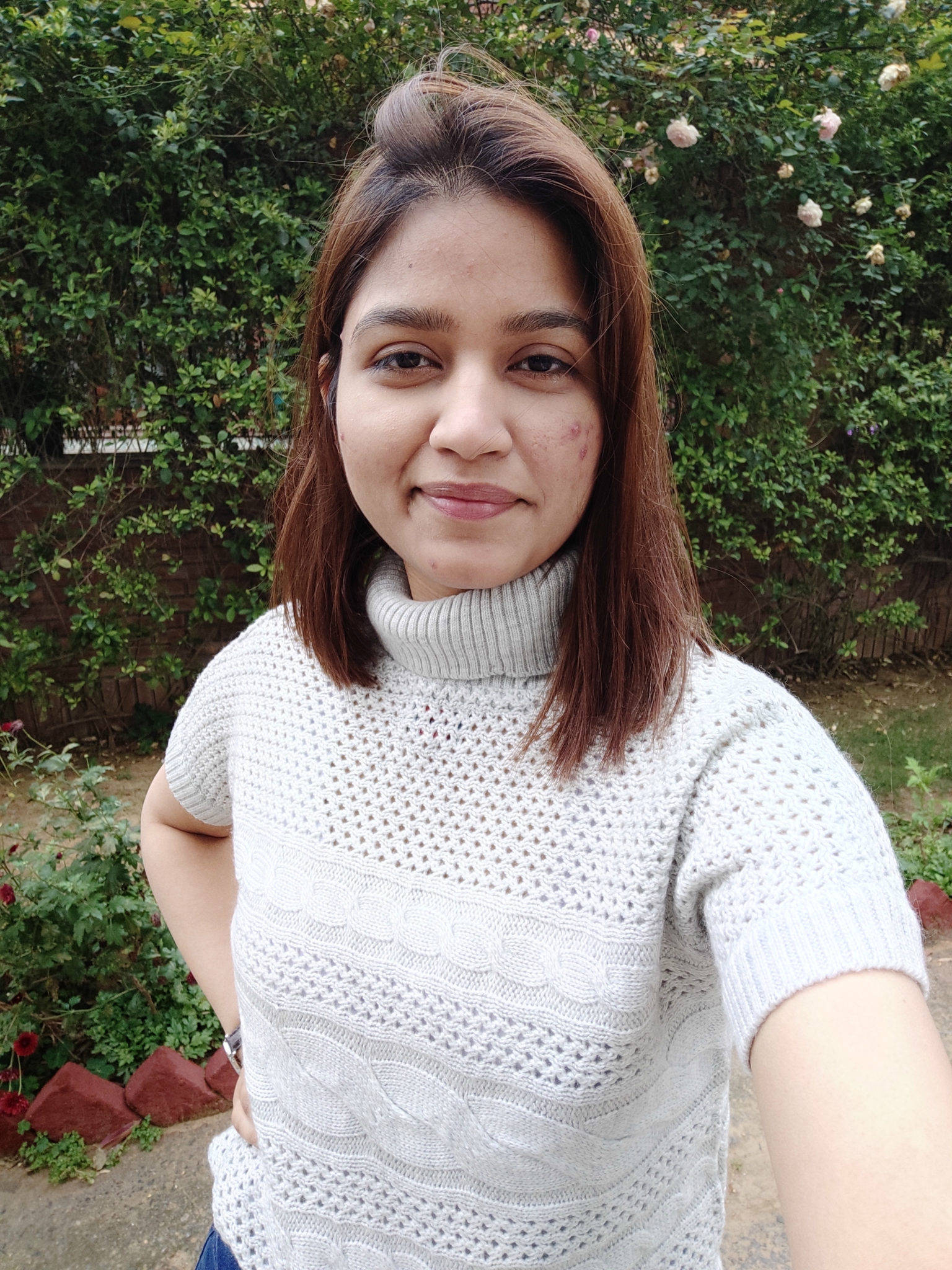
Do cast your votes on all the four test scenarios and come back in a few days to find out which images garnered the most votes, and which smartphone won this blind comparison.
from 91mobiles.com https://bit.ly/2WSIkLz
via gqrds
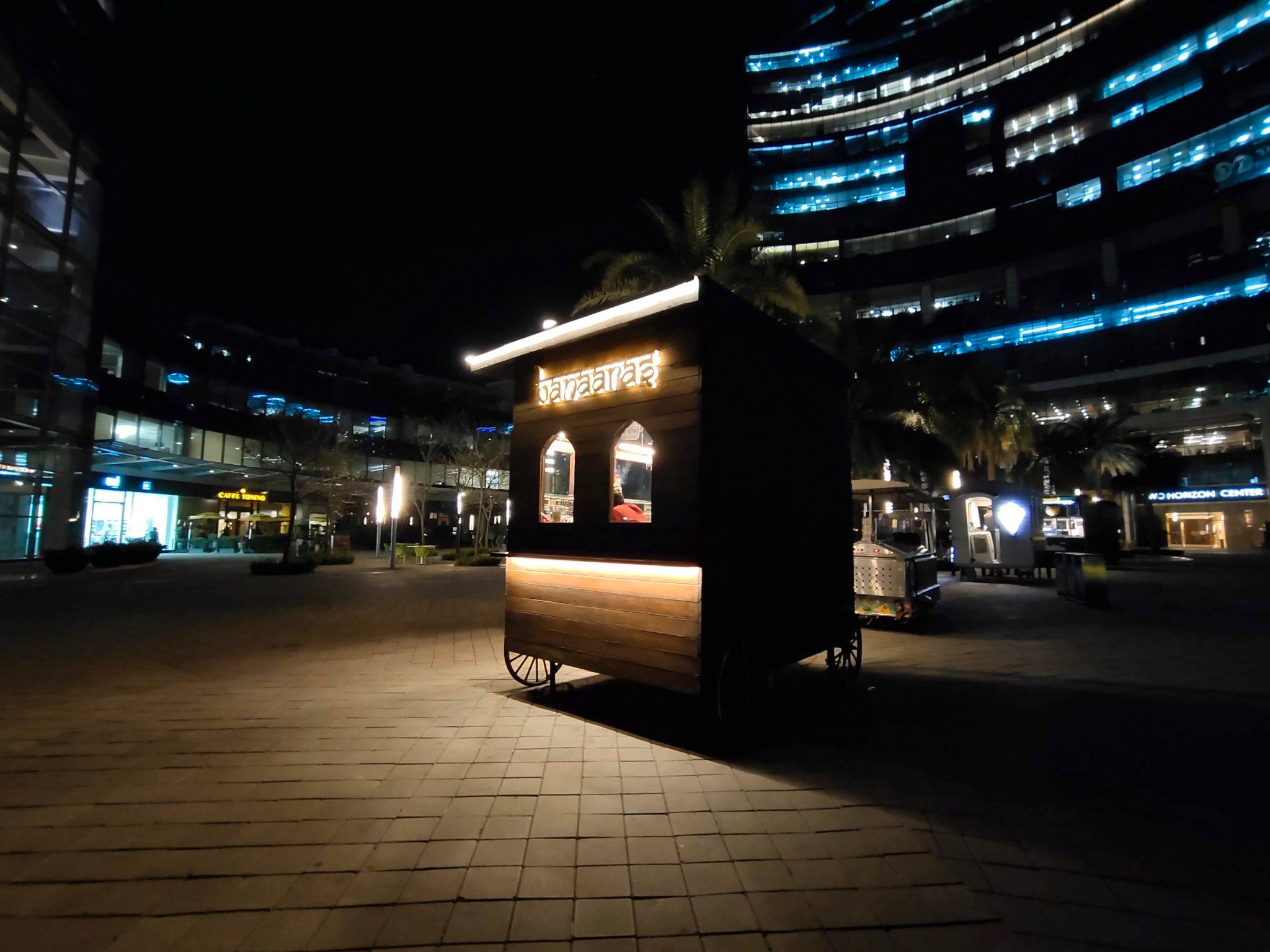
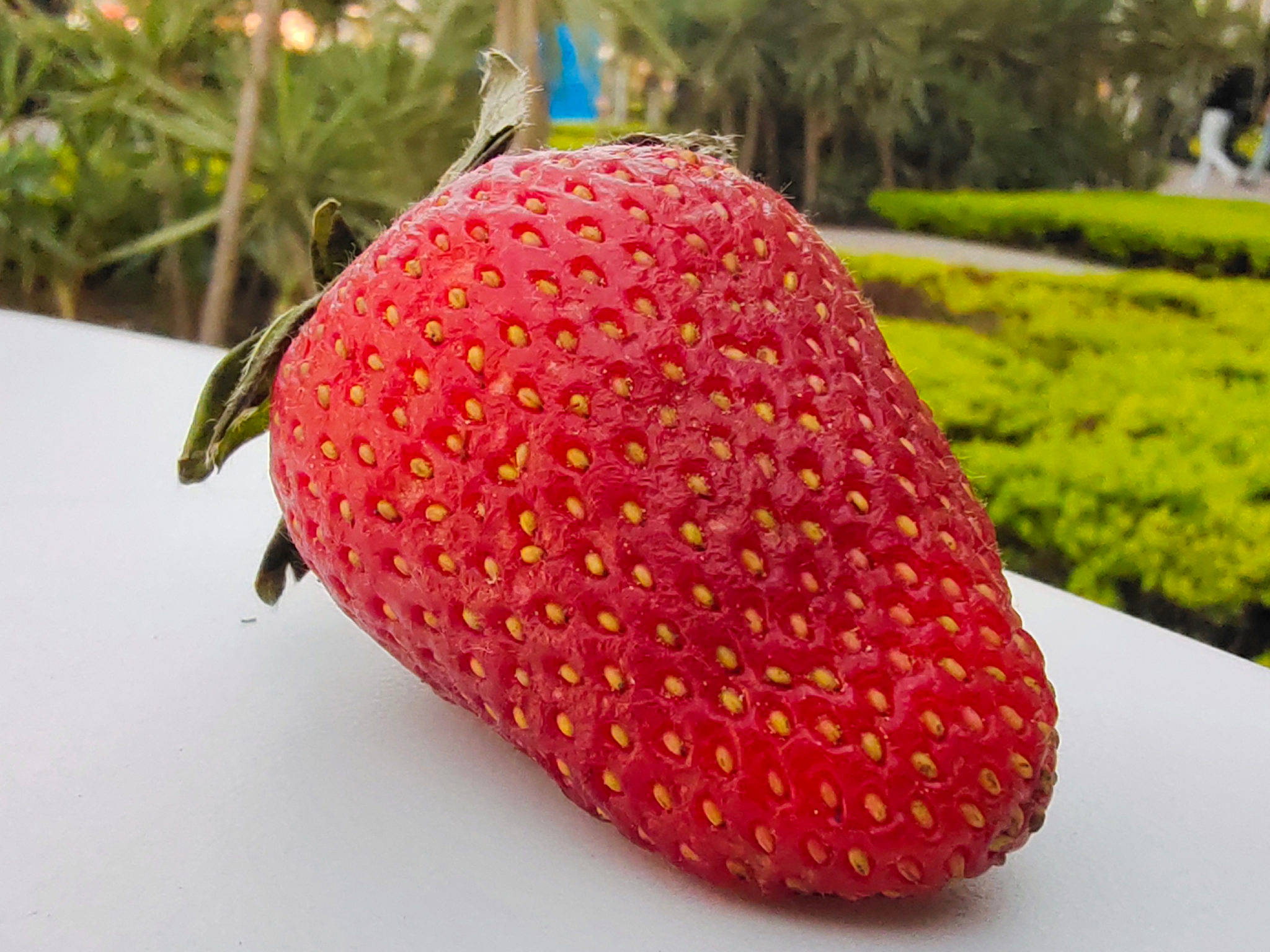 Photo B
Photo B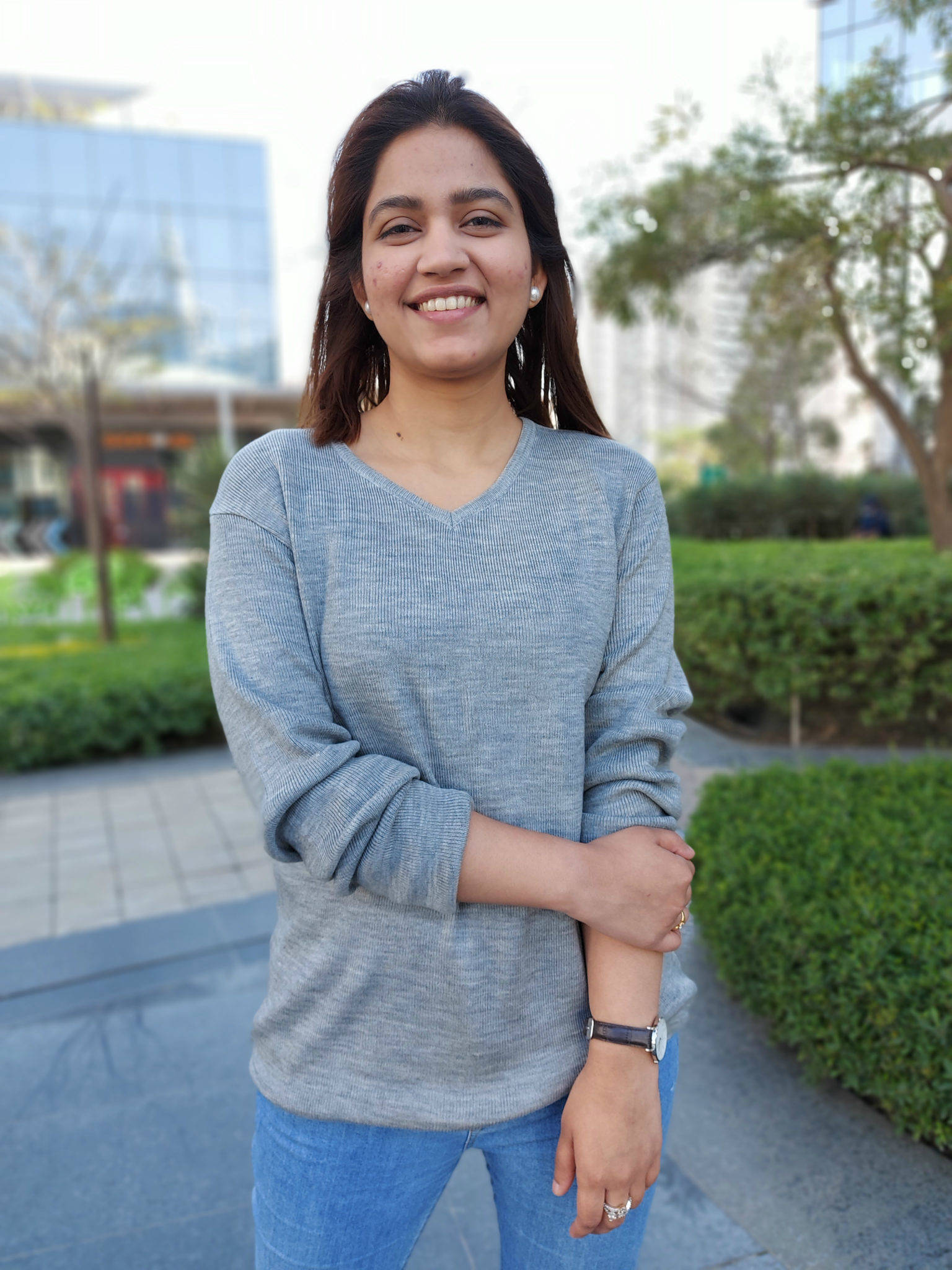 Photo B
Photo B
No comments:
Post a Comment